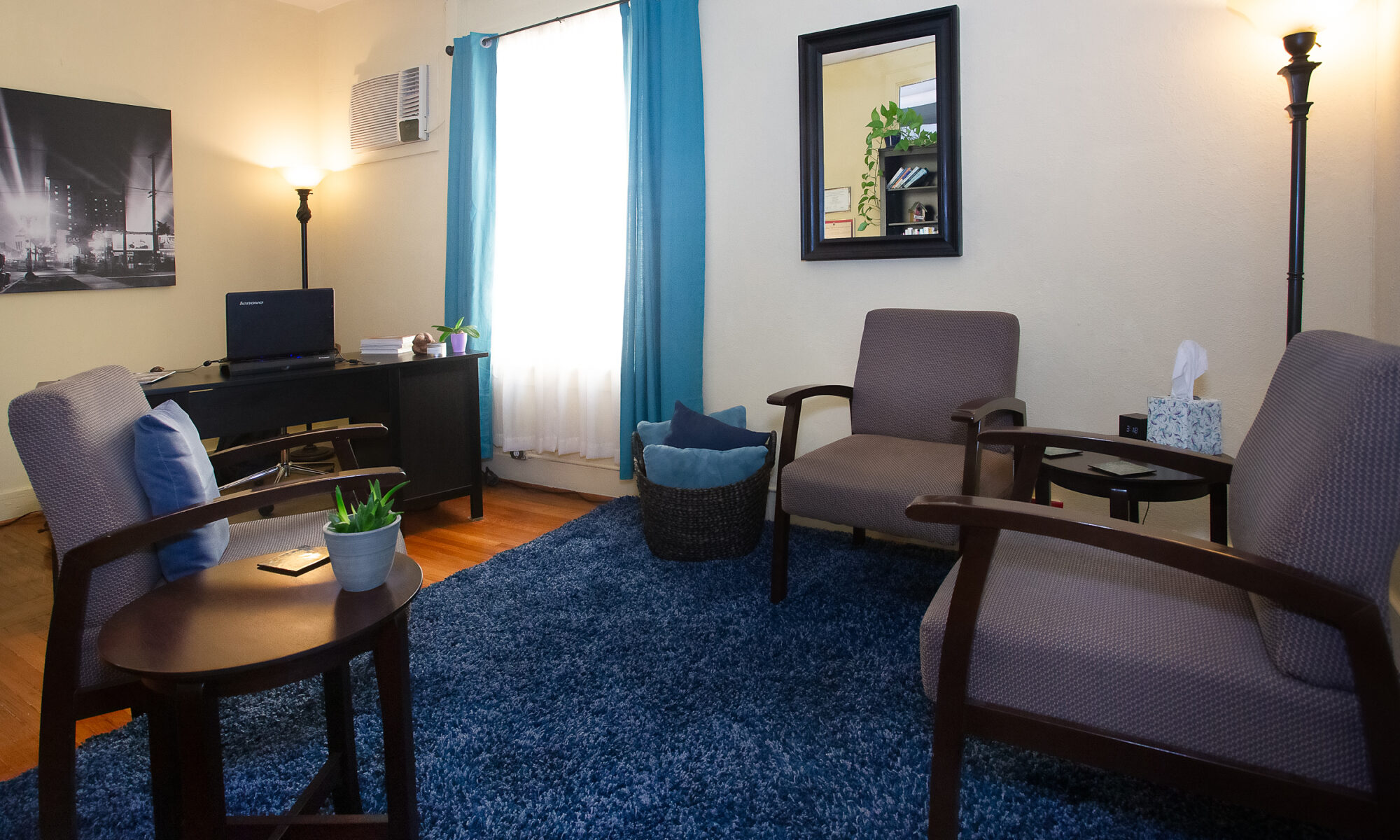
The Fall and Winter holidays mean a lot of different things to a lot of different people. For some, the celebrations overtake the entire latter part of the year, while for others the seasons are little more than a nuisance to avoid. Then there those who fall everywhere in between! Whichever category you identify with, these are times of the year when all the holiday noise can make it easier to nudge aside things that are important to us the rest of the year: healthy eating habits, exercise, spending budgets, alcohol consumption limits, work obligations.
Mind you, these things are often set aside to make room for wonderful alternatives: time with friends and family, delicious meals, seasonal activities, and shopping for loved ones. But all this diverted focus can take a toll not only on our health and finances, but also on our relationships–not intentionally, of course–but as a side effect of having our limited attention and energy given elsewhere.
While I am not going to address health or finances in this article, I do want to explore how there does not have to be a toll on your relationship–as long as you agree to attend to a few things that give you a better chance of staying connected and coming out of the season stronger and closer as a couple. Let’s take a look at what these are.
HARNESSING GRATITUDE: It can be cliché and simplistic to list gratitude as a tool for re-booting relationships, because the experts tend to shout the value of it from the rooftops. But there is a reason they do so–expressions of gratitude return just as much, if not more, to the giver as the receiver. What exactly does gratitude do for a relationship?
We all want to feel acknowledged for the things we do for people we care about, and studies have shown that acknowledgement reinforces the behavior it is celebrating. Conversely, lack of acknowledgement often leads to the eventual extinguishing of a behavior–nobody likes to continue doing something that does not get noticed.
I list the harnessing of gratitude first in this article because it is the easiest action to reboot! All it requires is a shift in focus from what is not working in your relationship to what is working. This shift must be intentional and conscious, since our brains have a natural bias for suspicion and are wired to scan the environment more for threats than non-threats. But when done well and often, gratitude can build closeness and soften upsets when they happen. It lets the receiver know that they are appreciated, important, and noticed. And for the giver, it not only feels good and wires your brain to see your partner as an ally instead of an enemy, it can improve your health and well-being!
If you can harness gratitude and direct it toward your partner(s), your relationship will feel refreshed and more fulfilling, and the holidays are a perfect time to practice this since the season can be stressful for couples.
INTENTIONAL WISHES: Have you ever gotten in the car and started driving without knowing where you are going? Or worse, gotten into the car with your partner and start driving only to realize that you have completely different destinations in mind? If the latter sounds ridiculous, you may be surprised to know that this is exactly how many couples start off a relationship or marriage. They get in the relationship car together not even knowing it they are going in the same direction.
Very often, the only example of a couple being intentional with one another is when they agree to be “exclusive” sexually, start a relationship together, or recite wedding vows. But this is not enough to last a lifetime.
When a couple first comes in to see me for help with their relationship, I will ask up front what is the purpose of them being together? The answer I usually get is “We love each other”, to which I respond, “Great, but that is not enough.” Can you imagine setting up a business without choosing a mission statement? The mission statement, once decided upon, reminds the owners of what they are up to financially, ethically, and relationally. They can use it to keep on track and guide their decisions. Why not do the same as a couple?
Having intentional wishes with your partner gives a couple a better chance to work together as a team, not only when the sailing is smooth, but most importantly when it is not. During conflict, it is essential to recognize that “the problem” has disconnected you from each other, and it is your intentional shared wishes (remembering your Mission Statement) that will guide your words and actions in the moment towards re-connection. How can you expect to get back on track if you don’t know where you were headed?
The main points to remember are that intentional wishes are decided upon between both of you, they are stated outright, and that they are shared. This does not mean that they cannot change in the future, in the same way that we sometimes change direction in our car when our destination changes. Here are some examples of shared intentional wishes:
- we want to have a family together
- we want to buy a home
- we want to have a satisfying and regular sex life together
- we want the relationship to be a shared refuge from outside stressors
- we are committed to supporting each other being their best selves
- we want our relationship to be a place where we can be honest and open with one another
The list is only as limited as the imagination!
Love will get you through the good times, but without having and intentional wish for your relationship, it is likely that you will lose your direction during conflict.
REMEMBER WHAT WORKS, AND DO MORE OF IT: It is easy to forget what you are doing that works when struggling with conflict. Saying that, if a couple is still together, it is likely that more of the relationship works than doesn’t work. This is why it is so important to lean on those positive interactions and behaviors because they can “cushion the blow” of the current conflict.
These positive interactions can go unnoticed–they are what the Gottmans call Small Things Often, because they are frequently quiet expressions of affection, gratitude, acknowledgement, or support. They don’t have to be grand gestures. They are the day-to-day responses that let the other know that they are heard and cared about–they are the reminders that we want to be in the relationship.
(Go HERE to read some examples of Small Things Often.)
Beyond that, I encourage couples to remember things that worked for them at the beginning of their relationship–things that get left in the dust of growing careers, children, bills, and taking one another for granted. Did you used to kiss each other good morning every day? Start doing it again! Get up at different times of the morning? Commit to sending each other a “kiss” emoji instead. Be creative about it, and it is okay to make it playful and fun (not a chore or obligation!).
The benefit of finding a way to commit to and strengthen these actions is that they become part of a purposeful plan to protect the relationship. Couples who put the relationship first will view a problem as something that is between them, trying to break them apart, as opposed to an issue isolated within one or the other individual that needs to be fixed or changed.
It just makes sense when you think about it. If you were in trouble in an unfamiliar location, the first thing you would do is gather up what you “have at hand” that could be used to get you back to safety. I advise you to do the same in your relationship, with the exception that you don’t wait until you are in trouble to identify and use your resources. Using them regularly and consistently will keep the engine of your relationship running smoothly so it can take you both where you need to go, together, when the going gets tough.
You know, like during the holidays!




